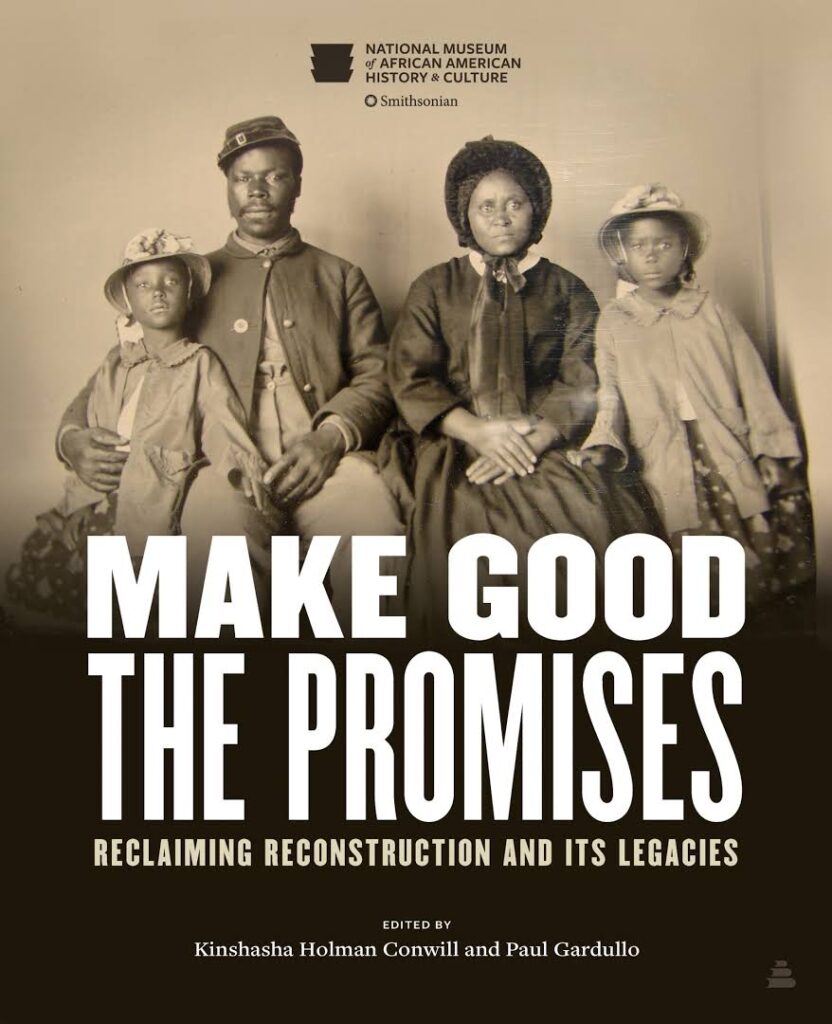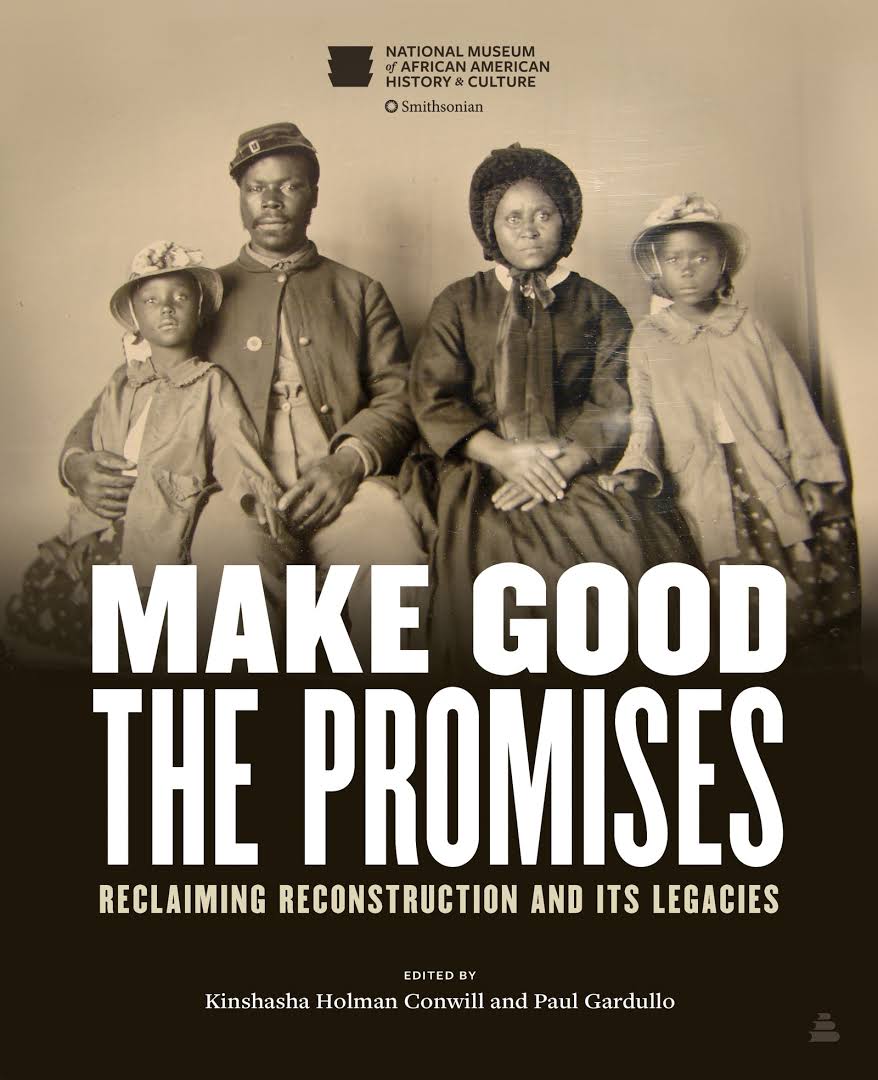I received this book for free from Review Book in exchange for an honest review. This does not affect my opinion of the book or the content of my review.
 Make Good the Promises: Reclaiming Reconstruction and Its Legacies
Make Good the Promises: Reclaiming Reconstruction and Its Legacies 
Published by Amistad on 09/14/2021
moreThe companion volume to the Smithsonian’s National Museum of African American History and Culture exhibit, opening in September 2021
With a Foreword by Pulitzer Prize-winning author and historian Eric Foner and a preface by veteran museum director and historian Spencer Crew
An incisive and illum...
This book is a companion to the exhibit opening in September 2021 to be held at the Smithsonian National Museum of African American History and Culture.
This book should also be required reading, in my view, for young people to understand why most people of color are so adamant about voting and civil rights that sadly is a right still fought for in 2021 and beyond.
Well written, documentation noted, and the contributors who give us a history lesson on the reconstruction period are well worth the time you will spend reading. Some of the topics addressed, Legacies of Liberation, Legacies of Violence, Legacies of Repair, and more, were at times hard to read. Not because of the writing but what folks had to endure.
The book is full of beautiful illustrations and pictures that give you a glimpse of that era, and I imagine the exhibit being broader and more soulful. There is much here that my review won’t give it the justice it deserves. I highly recommend you add this book to your library because I certainly plan to. I reviewed a kindle copy, and while it was great, I still want a hard copybook.
Reviewed by: Linda C.










